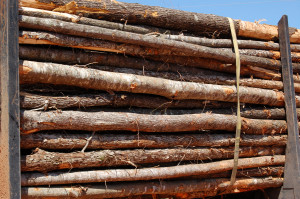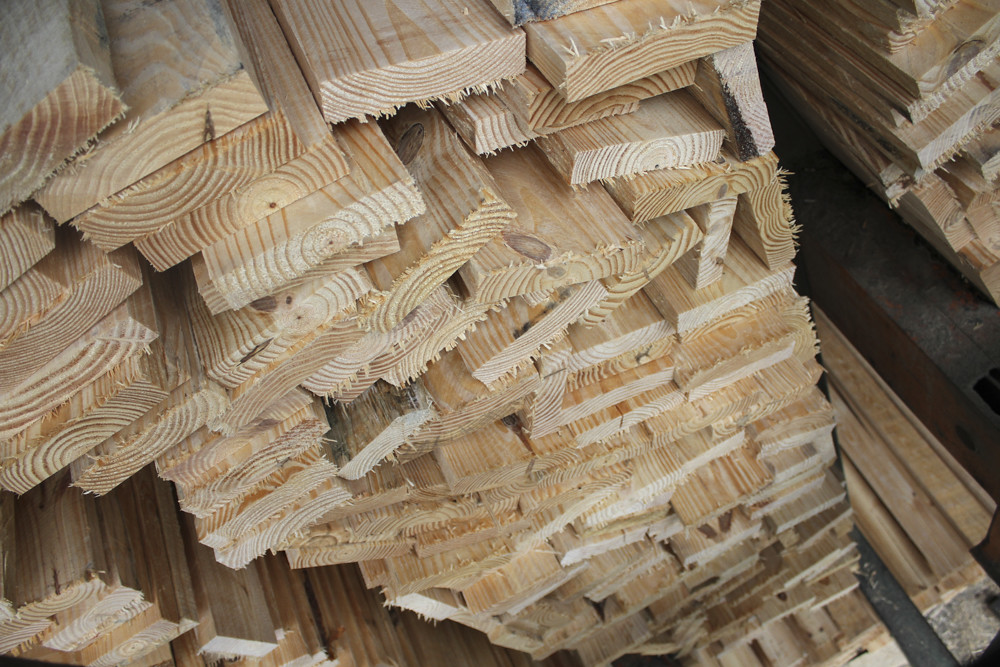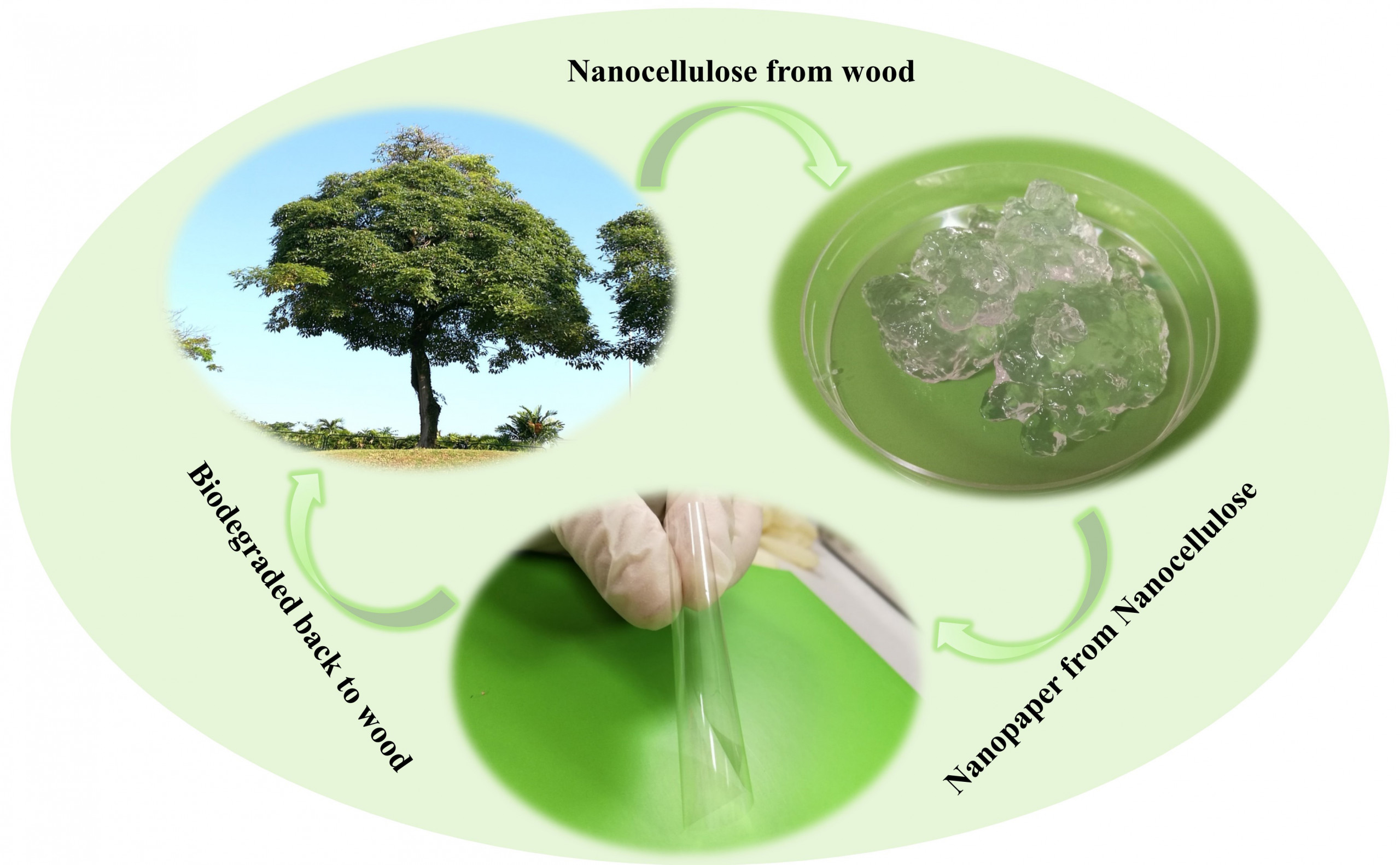 By: Dru Preston
By: Dru Preston
Forester-Staff U&M
Georgia Forestry Commission
 Forests provide countless benefits for humanity. To recognize this and honor the tree, National Forest Products Week is observed annually during the third week of October, which this year is October 18– 23. Forests makeup almost two-thirds of the state and are an important component of water quality. Two out of every three raindrops that fall on Georgia fall on forestland and the value of their filtering services measures in the millions of dollars. In addition to cleaning our air and providing homes to wildlife, Georgia’s diverse forests provide recreational spaces for hunting, camping, fishing, hiking and so much more.
Forests provide countless benefits for humanity. To recognize this and honor the tree, National Forest Products Week is observed annually during the third week of October, which this year is October 18– 23. Forests makeup almost two-thirds of the state and are an important component of water quality. Two out of every three raindrops that fall on Georgia fall on forestland and the value of their filtering services measures in the millions of dollars. In addition to cleaning our air and providing homes to wildlife, Georgia’s diverse forests provide recreational spaces for hunting, camping, fishing, hiking and so much more.
When we think of products that come from the forest, we need to look no further than our own homes, which contain dimensional lumber, Oriented Strand Board (OSB) panels, cabinets, and furniture to name a few. Also, everyday items, such as the packaging that held the cereal for breakfast, your online shopping items, or the utility pole down the street wouldn’t be possible without healthy forests.


Manufacturing of forest products such as lumber, pulp & paper, poles, fence posts, landscape mulch, etc. are well known and indeed contribute greatly to Georgia’s economy. The forest products industry contributed $36 billion and over 148,000 jobs to Georgia in 2019. Mass timber construction is an up-and-coming practice gaining interest in the South. Mass timber utilizes exponentially more lumber than traditional construction and has the potential to positively contribute to climate issues as well as local economies.
Trees provide more than traditional and well-known products. Chemical products from resin include adhesives, printing inks, synthetic rubber, chewing gums, soaps, and detergents. Turpentine is used for paint solvents, varnishes, and even disinfectants and fragrances.
In addition, newer technologies have pushed the envelope for the use of wood in manufacturing high-value products. One of those technologies is called nanocellulose, which uses renewable and abundant wood cellulose. Nanocellulose is engineered by isolating and bundling together cellulose chains, and in so doing breaks down cellulose to a microfiber component. Nanocellulose improves the properties of strength, stiffness, and adhesive qualities. It is comparatively lightweight and acts as a barrier to moisture and oils. Some products that use nanocellulose technologies include improved tires, stronger cements, high barrier plastic-like packaging, rubber products, cosmetics, biomedical products, batteries, and more. Much of this ongoing research has been conducted at Georgia Tech’s School of Material Science and Engineering. Some economists forecast the economic value of nanocellulose to reach $783 million by 2025.

It is amazing when you think about all the ways trees and their products impact our lives daily! So, during National Forest Products Week, join us in celebrating the tremendous natural and renewable resource with which we are blessed here in Georgia.
